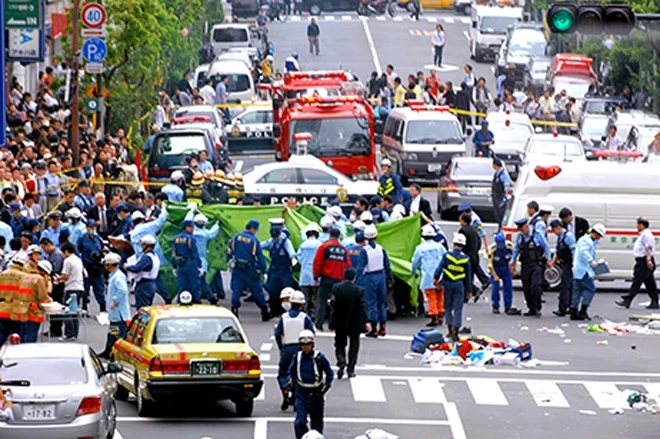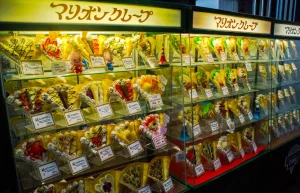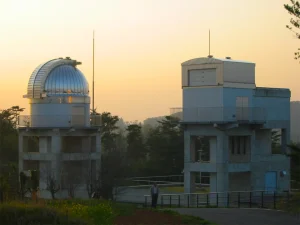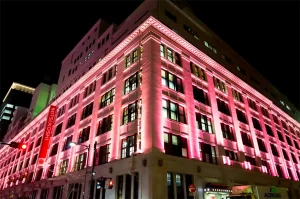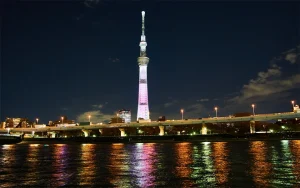Exploring Akihabara’s Dark History: From Post-War Black Market to Otaku Haven
Akihabara, Tokyo’s vibrant heart of electronics, anime, and pop culture, is celebrated worldwide for its dazzling array of shops, themed cafes, and cultural events that attract millions of visitors each year. Known as the symbol of Japanese Technoligical innovation and anime and otaku culture, this bustling district offers a colorful glimpse into Japan life. However, beneath its neon-lit exterior lies a lesser-known narrative — a dark history that contrasts sharply with the bright, welcoming image Akihabara projects today. This article delves into the shadows of Akihabara, exploring the complex tapestry of events and transformations that have contributed to its intriguing, multifaceted identity.
Key Takeaways
Why is Akihabara Famous?
Akihabara, often referred to as “Electric Town,” is famous for its extensive selection of electronics, gaming, and anime merchandise. It is a hub for tech enthusiasts and otaku culture, featuring numerous shops, arcades, and themed cafes. Akihabara’s vibrant atmosphere and unique offerings make it a must-visit destination for anyone interested in Japanese pop culture and cutting-edge technology.
When Did the Akihabara Massacre Happen?
The Akihabara massacre occurred on June 8, 2008. This tragic event took place when a man drove a truck into a crowd of pedestrians and subsequently attacked bystanders with a knife, resulting in multiple casualties. The incident shocked Japan and led to increased security measures in public areas.
What is the Girl Version of Akihabara?
The girl version of Akihabara is often considered to be Ikebukuro. Ikebukuro, particularly the area around Otome Road, caters to female otaku with stores specializing in boys’ love (BL) manga, anime merchandise, and themed cafes. It offers a similar experience to Akihabara but is tailored more towards the interests of female fans.
Is Akihabara Foreigner Friendly?
Yes, Akihabara is very foreigner-friendly. Many stores and cafes have English-speaking staff, and signs are often displayed in multiple languages. The area is well-equipped to welcome international visitors, making it easy for tourists to navigate and enjoy their time exploring the vibrant streets of Akihabara.
The Early Days: A Post-War Black Market
In the aftermath of World War II, Akihabara emerged as a vital black market for electronic goods. Amidst the ruins of post-war Japan, the district became a haven for those seeking to rebuild their lives from the ashes of defeat. This era, while a testament to the resilience and ingenuity of the Japanese people, also marked the beginning of Akihabara’s complex relationship with technology and commerce. The black market thrived on the fringes of legality, creating a culture of hustle that would define Akihabara’s early years.
The 1960s-1970s: The Rise of Electric Town
As Japan’s economy began to boom, Akihabara transformed into “Electric Town,” the premier destination for cutting-edge electronics. This rapid industrial growth brought prosperity but also introduced new challenges. The fierce competition led to a relentless pursuit of innovation, often at the expense of workers’ rights and environmental considerations. The pressure to stay ahead in the electronics race created a culture of overwork and contributed to the darker aspects of corporate Japan life.
Akihabara Became A Pressure Cooker of Innovation
Akihabara’s rise as a technological hub was driven by Japan’s post-war economic miracle, a period of unprecedented growth and industrialization. However, this rapid development came with its own set of challenges. The district became a microcosm of Japan’s work culture, often characterized by long hours, high stress, and intense competition. This environment, while fostering innovation and growth, also contributed to issues of mental health and social isolation, casting a shadow over the bright neon lights of Akihabara.
The 1980s: The Birth of Otaku Culture and Its Shadows
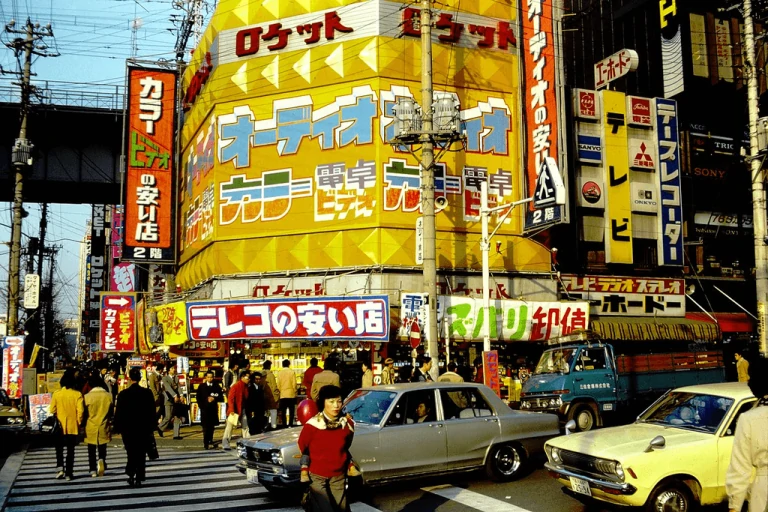
The 1980s saw the rise of otaku culture, with Akihabara at its epicenter. This period, while celebrated for fostering a vibrant community of anime and manga fans, also had its darker undertones. The intense devotion to fandom sometimes crossed into unhealthy obsessions, leading to social isolation for some individuals. Moreover, the decade witnessed the commercialization of certain aspects of otaku culture, raising concerns about the exploitation of popular series and characters for profit.
The 1990s and Beyond: Technological Advancements and Social Challenges
As Akihabara entered the 1990s and moved into the new millennium, it became a global icon of Japanese pop culture. However, this era also brought to light the district’s struggles with social issues. The rapid pace of technological advancement and the proliferation of the internet led to new forms of cybercrime, including piracy and online harassment, which found a foothold in Akihabara’s tech-savvy environment.
The Exploitation in the Shadows
As Akihabara transformed into a global epicenter for otaku culture, it also saw the rise of businesses catering to niche interests, including maid cafes and adult entertainment venues. While many of these establishments operate with integrity, the district has faced criticism for practices that exploit vulnerable workers, particularly young women. This aspect of Akihabara’s economy highlights the darker facets of its booming entertainment industry, prompting calls for better regulation and protection for workers.
Cultural Shifts and Their Darker Implications
Akihabara’s cultural shifts reflect its transformation from an electronics hub to a center for otaku culture, attracting anime, manga, and gaming enthusiasts. However, these changes have also highlighted darker implications, such as increased commercialization and occasional instances of crime, like the tragic 2008 massacre. Understanding these shifts is essential for grasping the complex dynamics of Akihabara’s evolving identity.
The Isolation of Otaku Culture

Otaku culture, with its passionate fanbase, has been a driving force behind Akihabara’s global appeal. However, the intense devotion to this culture has sometimes led to extreme cases of social withdrawal, known in Japan as “hikikomori.” This phenomenon, while not confined to Akihabara, is reflective of the broader social issues facing Japan, including pressures related to work, school, and societal expectations. Akihabara, as the heart of otaku culture, finds itself at the center of discussions on how to address and support those experiencing social isolation.
Cybercrime and the Digital Frontier
Akihabara’s status as a tech hub has also made it a focal point for discussions on cybercrime and internet safety. The district’s electronics markets and tech-savvy population have been both a boon and a bane, with issues such as online piracy, fraud, and harassment emerging alongside technological advancements. These challenges underscore the darker side of Akihabara’s digital landscape, highlighting the need for robust cybersecurity measures and digital literacy education.
The darkest day in Akihabara’s history occurred on June 8, 2008, when a stabbing spree claimed the lives of seven people and injured many others. This tragic event shocked the nation and the world, casting a long shadow over Akihabara. It prompted a nationwide discussion on mental health, social isolation, and the pressures of modern life in Japan. The incident remains a somber reminder of the potential consequences of societal neglect and the importance of addressing mental health issues.
Reflecting on the 2008 Incident: A Catalyst for Change
The tragic events of June 8, 2008, served as a wake-up call for Akihabara and Japanese society at large. The indiscriminate attack not only cast a long shadow over the district but also sparked nationwide introspection on mental health, community support systems, and the pressures of modern life. In the years following the incident, there have been concerted efforts to improve mental health services, increase public awareness, and foster a more inclusive society. Akihabara has been at the heart of these efforts, with community-led initiatives aimed at creating a safer, more welcoming environment for all.
The Underbelly of Akihabara: Exploitation and Regulation
Akihabara’s rapid growth and popularity have not come without costs. The district has faced criticism for certain business practices, including the exploitation of young women in maid cafes and other entertainment establishments. These issues have sparked debates on labor rights, gender equality, and the ethical treatment of workers in Japan’s service industry. Efforts to regulate these practices and ensure a safe, respectful environment for both workers and patrons continue to this day.
The Complexity of Akihabara
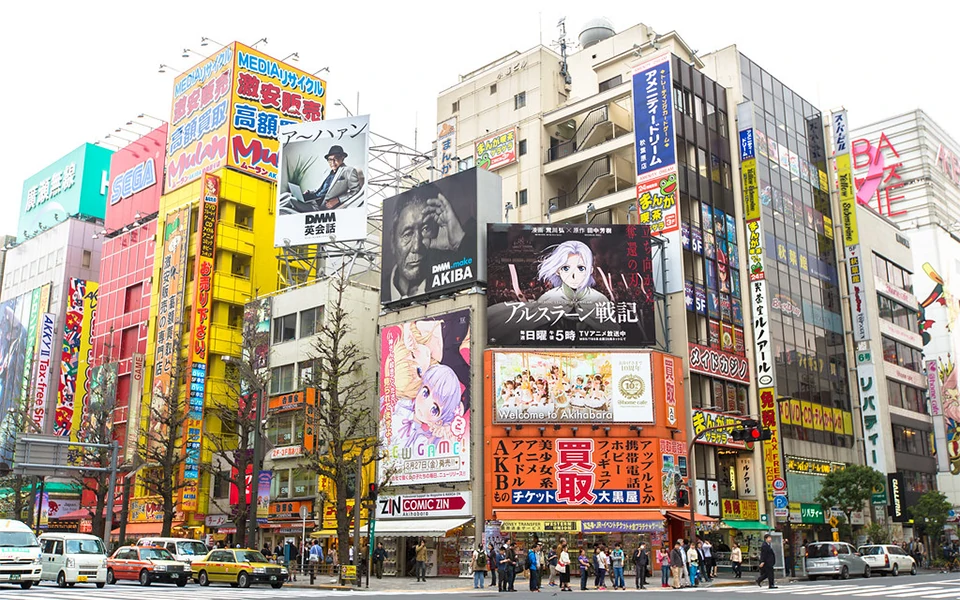
Akihabara’s history is a complex tapestry of innovation, culture, and challenges. While it stands as a beacon of Japanese pop culture, technology, and resilience, it also reflects the darker aspects of societal change, economic pressures, and the quest for identity in a rapidly evolving world. Understanding the dark history of Akihabara provides a more nuanced perspective on this iconic district, reminding us that even the brightest lights cast shadows. As Akihabara continues to evolve, it remains a symbol of Japan’s dynamic culture, its challenges, and its unyielding spirit of innovation and community.
The history of Akihabara is a testament to the dynamic interplay between innovation and challenge, community and isolation. By acknowledging and addressing the darker aspects of its evolution and change, Akihabara has continued to thrive as a symbol of Japanese culture, resilience, and innovation. As we look to the future, the district stands as a beacon of hope and possibility for its community. It Reminds us of the power of community and the importance of addressing the complexities of modern life. Akihabara’s journey from a post-war black market to a global cultural epicenter is far from over, and its continued evolution will undoubtedly contribute to the rich Japanese culture and society and continue to influence people from accross the world.







